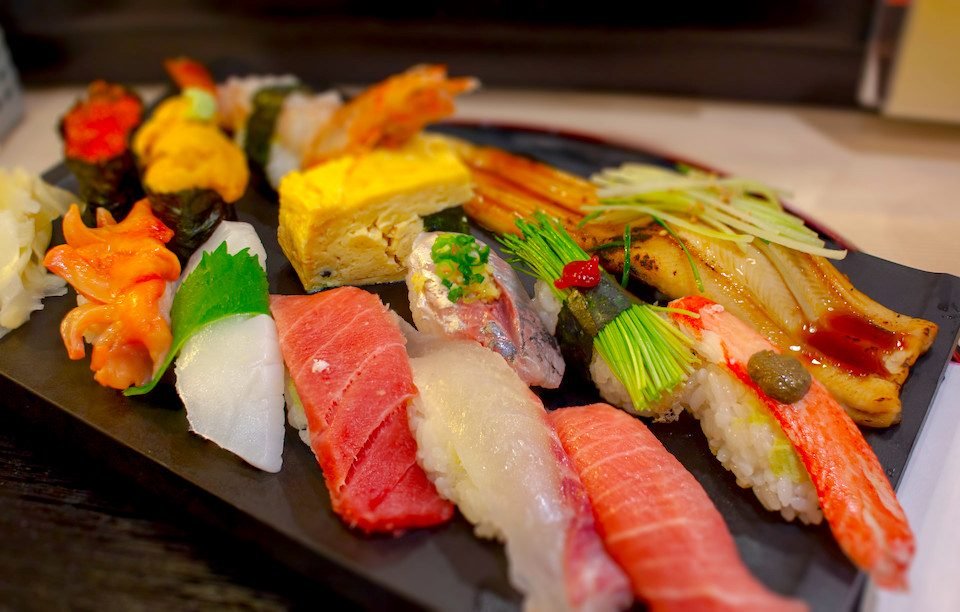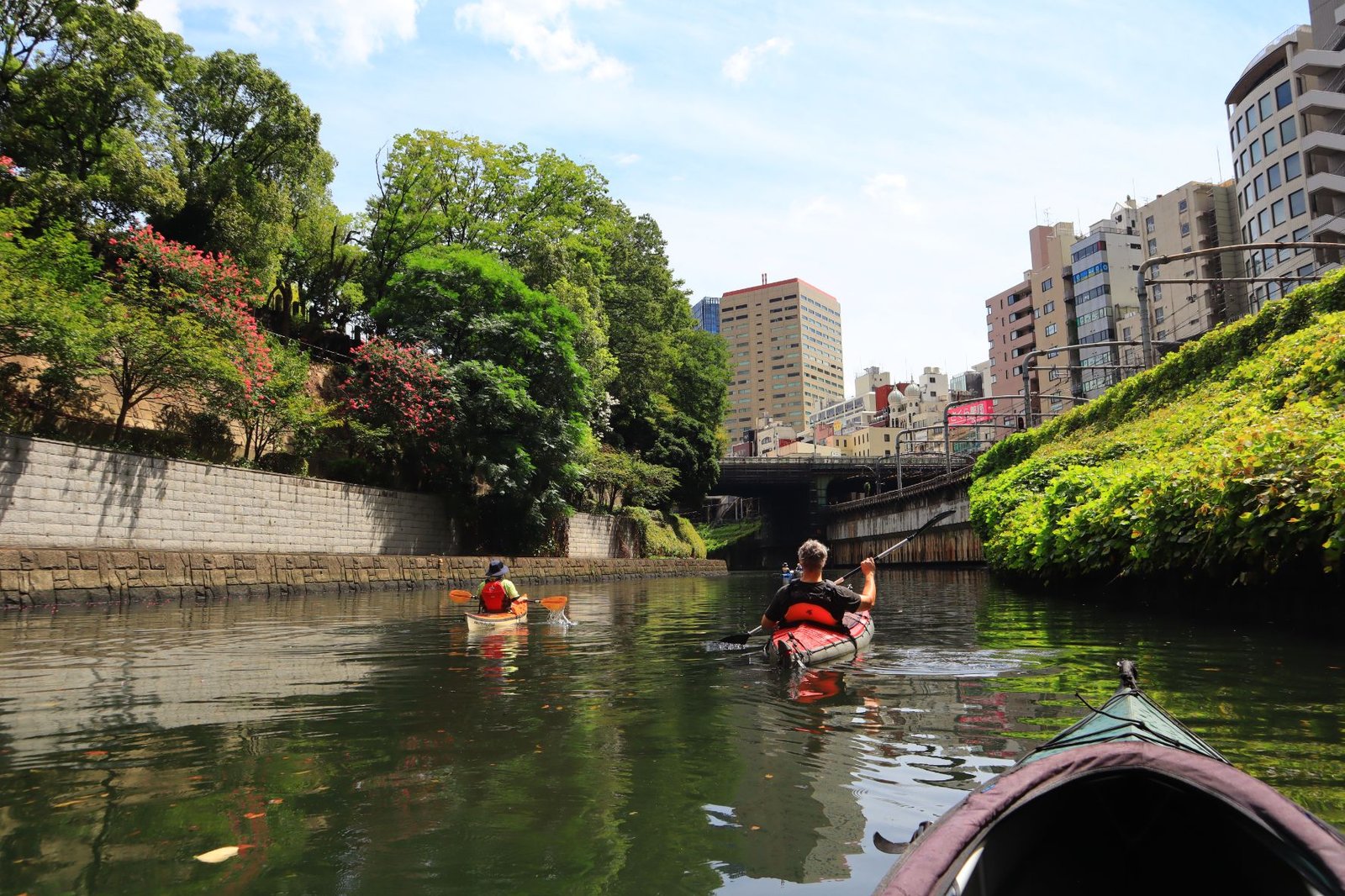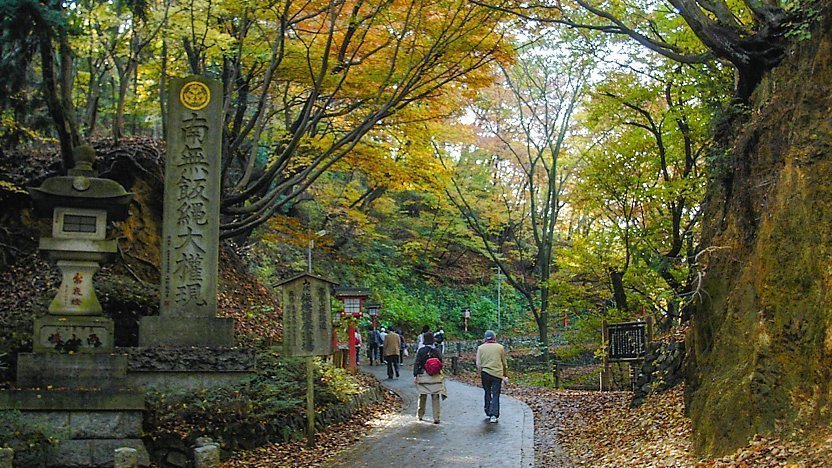The JR Pass is perfect for traveling between multiple cities in Japan. It grants unlimited access to high-speed trains (Shinkansen) and JR lines, helping you save time and money.
Travel Guide Details
Travel Guide
Tokyo
- Tokyo Tower
- Sensō-ji Temple
- Shibuya Crossing
- Imperial Palace
- Tsukiji Market
Tokyo, the vibrant capital of Japan, is a metropolis where tradition meets modernity. With its futuristic skyscrapers, ancient temples, and omnipresent pop culture, Tokyo is a city that never ceases to amaze. Whether for its world-famous gastronomy, lively neighborhoods or serene gardens, Tokyo offers an unforgettable experience for every visitor.
Things to do in Tokyo
Best time to go
We recommend visiting Tokyo from March to May and September to November. These periods offer a temperate climate, cherry blossoms in spring and colorful foliage in autumn. Summer months can be hot and humid, while winter is often mild, with little snow.
April High crowds
High 68 °F/low 51.8 °F. Mild winter.
Nearest Best Hotels
Expert tips
Japan Rail Pass (JR Pass)
IC Cards (Suica, Pasmo)
These prepaid cards make your commute smooth. They can be used for metros, buses, and even at vending machines or stores, saving you from buying tickets every time.
Punctuality Matters
Trains and buses are incredibly punctual, departing and arriving on time. Make sure to be early, especially at major stations where transfers are quick and precise.
Basic Greetings
While some Japanese people speak English, it’s always appreciated when visitors know a few Japanese words. Use Konnichiwa (Hello) to greet others, and Arigatou gozaimasu (Thank you very much) to show gratitude.
Asking for Help
If you need assistance, politely ask: Eigo wo hanasemasu ka? (Do you speak English?). Locals appreciate the effort, and it makes interactions smoother and friendlier.
Remove Your Shoes
It’s customary to take off your shoes when entering homes, temples, or traditional restaurants. Slippers are usually provided at the entrance for guests.
Keep Quiet in Public
Speaking loudly or making phone calls in public transport is frowned upon. Respecting the quiet atmosphere is part of Japanese etiquette.
Giving and Receiving
When exchanging gifts or receiving something, always use both hands to show respect. This small but important gesture reflects Japanese cultural values.
Regional Dishes
Each region of Japan offers its own unique flavors. Try Okonomiyaki in Osaka, sushi in Tokyo, or ramen in Fukuoka to experience the diversity of Japanese cuisine.
Konbini Convenience
Konbini (convenience stores like 7-Eleven and Lawson) offer delicious, affordable meals 24/7, perfect for quick bites while on the go.
No Tipping Culture
Tipping is not part of Japanese culture and can even be considered rude. A simple “thank you” and a smile are the best ways to express your appreciation.
Spring (March to May)
Spring is the season of cherry blossoms (Sakura), a magical time to visit, though it can be crowded with tourists and locals alike.
Summer (June to August)
Summer is hot and humid, but it’s also the time for vibrant festivals (Matsuri) held throughout the country, bringing excitement to every region.
Autumn (September to November)
In autumn, colorful foliage (Koyo) paints the landscape, offering beautiful views and perfect conditions for hiking and nature walks.
Winter (December to February)
Winter invites you to enjoy skiing in Hokkaido or relax in onsen (hot springs) after a snowy adventure.
Portable Wi-Fi
Renting a portable Wi-Fi router ensures a reliable internet connection throughout your trip, allowing you to avoid roaming fees and stay connected seamlessly.
SIM Cards
Alternatively, you can get a local SIM card at airports or electronics stores, ideal for short-term stays with consistent internet access.
Avoid the Crowds
For a more peaceful experience, visit popular temples like Fushimi Inari in Kyoto early in the morning. This will allow you to enjoy the spiritual atmosphere without the crowds.
Respect the Rituals
Before entering a temple, wash your hands at the purification fountain and bow slightly as a sign of respect. These small gestures honor the sacred nature of the space.





















